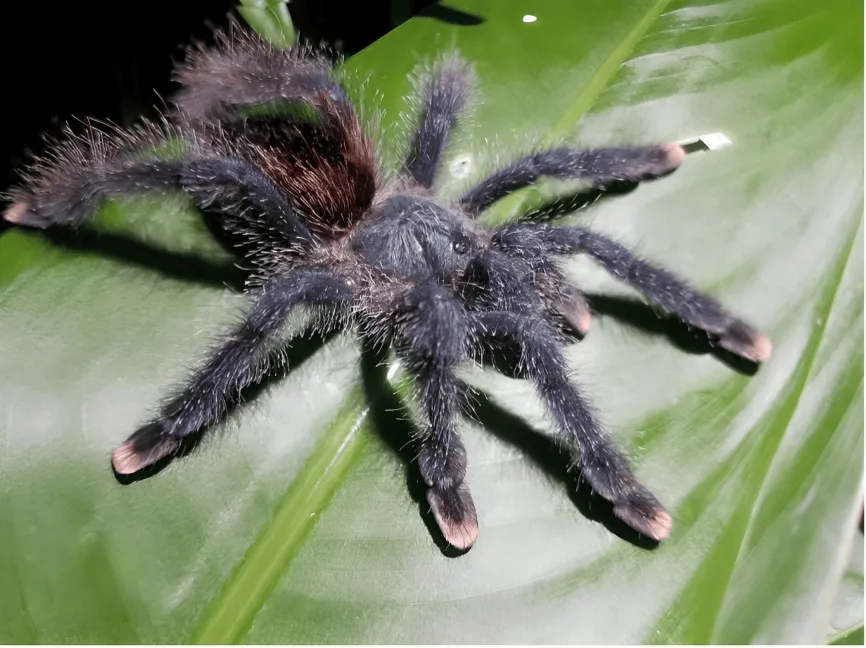The Arboreal Pink Toe Tarantula (Avicularia avicularia) is a fascinating and beautiful creature, captivating the hearts of tarantula enthusiasts worldwide. Known for their vibrant pink toe pads and arboreal lifestyle, these tarantulas are relatively easy to care for, making them a popular choice for both beginners and experienced keepers. This guide provides the top 5 facts about these amazing spiders, covering habitat, diet, appearance, temperament, and lifespan to help you understand and care for your own Pink Toe Tarantula.
Arboreal Pink Toe Tarantula Fact 1 Habitat
Understanding the natural habitat of the Pink Toe Tarantula is crucial for providing the best care. In the wild, they are native to the rainforests of South America, including regions of Brazil, Guyana, and French Guiana. They spend their lives in trees, constructing silken retreats in the branches and foliage. These spiders prefer a humid environment with plenty of vertical space to climb and explore, making their arboreal nature a key consideration for their care.
Understanding Pink Toe Tarantula’s Natural Habitat
These tarantulas thrive in humid and warm environments, mimicking their native rainforest conditions. They are primarily nocturnal, spending the day hidden in their silken retreats and becoming active at night. Their arboreal lifestyle means they prefer vertical space to horizontal space, needing branches or other structures to climb and build their webs. Understanding these preferences is key when setting up their enclosure.
Creating the Ideal Arboreal Enclosure
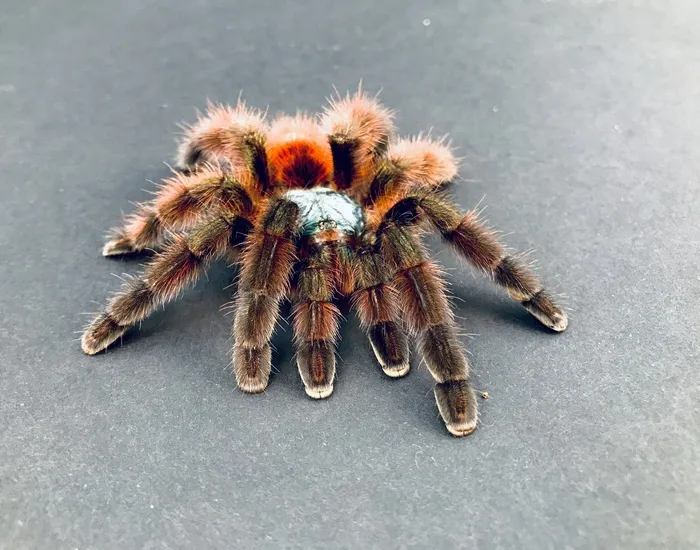
To create the ideal enclosure, a tall terrarium is essential, with a minimum height of 12 inches for adults and 8 inches for juveniles. The enclosure should have good ventilation to prevent mold growth while maintaining humidity. The substrate should be a mix of coconut fiber, peat moss, and sphagnum moss to retain moisture. Provide vertical climbing structures like branches, cork bark, or artificial plants to allow the tarantula to build its web and feel secure. Maintain a temperature of 75-85°F (24-29°C) and a humidity level of 70-80% by misting the enclosure regularly.
Arboreal Pink Toe Tarantula Fact 2 Diet
Feeding your Pink Toe Tarantula is straightforward, but proper nutrition is essential for its health and growth. These tarantulas are insectivores, meaning they primarily eat insects. The diet should consist of a variety of insects to ensure a balanced intake of nutrients. The frequency of feeding depends on the age and size of the tarantula, with younger tarantulas needing more frequent meals.
Feeding Your Pink Toe Tarantula The Right Food
The best food choices include crickets, roaches (such as Dubia roaches), mealworms, and waxworms. Variety is key, so offer a mix of these insects. Always ensure that the insects you feed are gut-loaded, meaning they have been fed nutritious food themselves before being offered to your tarantula. This ensures your tarantula gets the most nutrients possible. Avoid feeding wild-caught insects, as they may carry parasites or pesticides.
Feeding Frequency and Portion Control
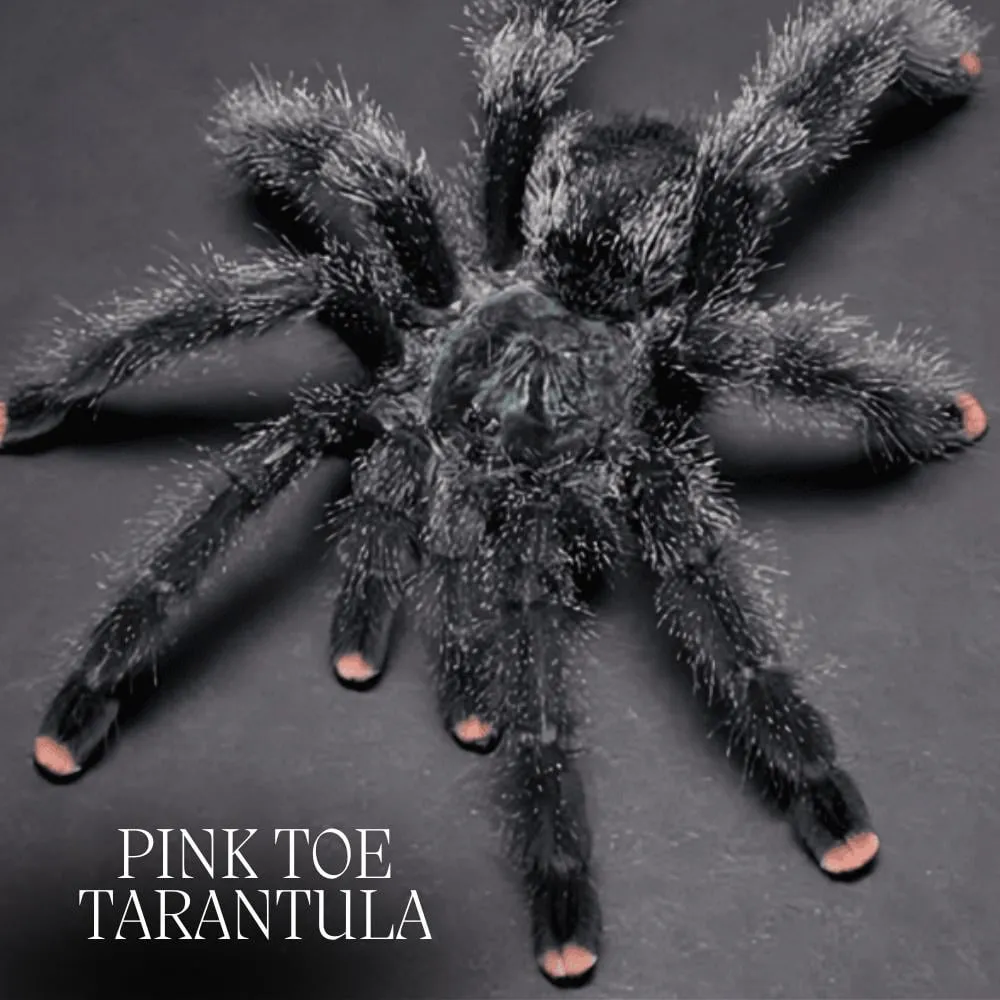
Juvenile tarantulas should be fed 2-3 times a week, while adult tarantulas can be fed once a week or every other week. Observe your tarantula’s feeding habits; if it consistently refuses food, it might be in premolt or simply not hungry. The size of the food should be appropriate for the tarantula’s size; the insect should be no larger than the tarantula’s body. Remove any uneaten food within 24 hours to prevent mold and mites.
Arboreal Pink Toe Tarantula Fact 3 Appearance
The appearance of the Pink Toe Tarantula is one of its most attractive features, making it a favorite among tarantula keepers. These spiders get their name from the distinctive pink coloration on their toe pads, which is most noticeable on their feet. The rest of their body usually exhibits a dark gray or black carapace with a metallic sheen, while their legs often have a lighter color, giving them a striking appearance.
Identifying a Healthy Pink Toe Tarantula
A healthy Pink Toe Tarantula will have a robust body with a shiny appearance. The abdomen should be plump, not shriveled, indicating good hydration and nutrition. The legs should be intact and move smoothly. Look for clear, alert eyes and vibrant pink toe pads. Regularly check for any signs of illness, such as lethargy, loss of appetite, or unusual behaviors. A well-cared-for tarantula will have a clean, well-maintained enclosure and show no signs of stress.
Understanding Color Variations
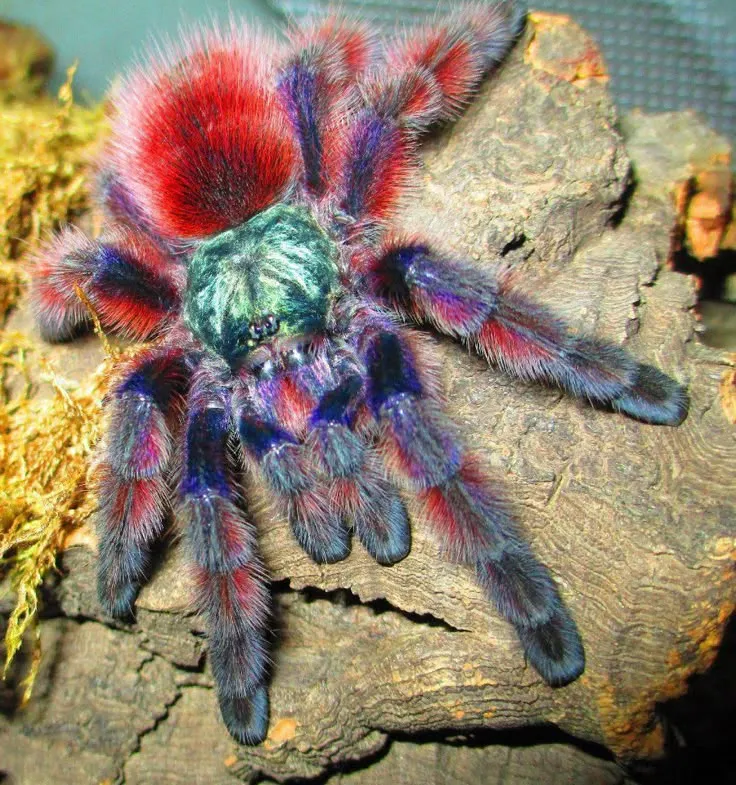
While the signature pink toe pads are consistent, the body coloration can vary slightly among individuals. Some tarantulas may have a darker or lighter carapace, or their legs may have a more reddish or yellowish hue. These variations are normal and often depend on factors such as genetics and the tarantula’s age. The key is to ensure the overall appearance is healthy and vibrant, with no signs of stress or illness.
Arboreal Pink Toe Tarantula Fact 4 Temperament
The Pink Toe Tarantula is generally known for its docile temperament, making it a good choice for beginner tarantula keepers. However, like any tarantula, they can be skittish and may react defensively if they feel threatened. Understanding their behavior and how to handle them with care is essential to a positive experience.
Handling and Interaction Guidelines
Handling Pink Toe Tarantulas is generally not recommended, especially for beginners. They are fragile and can be easily injured if dropped. If you need to handle your tarantula (such as for enclosure maintenance), do so gently and slowly, allowing it to walk onto your hand rather than grabbing it. Always be aware of the tarantula’s position and avoid sudden movements. Wash your hands thoroughly before and after handling.
Recognizing Stress Signals
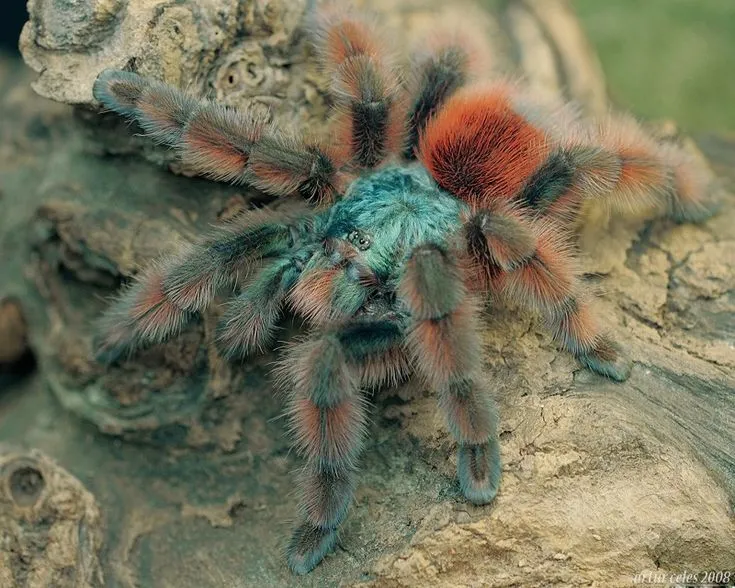
It is important to recognize the signs of stress in your Pink Toe Tarantula. These include a defensive posture (rearing up with fangs exposed), flicking hairs from the abdomen, or running away and hiding. If your tarantula displays these behaviors, it is best to leave it alone and avoid handling. Ensure its enclosure provides adequate hiding places, proper humidity, and a suitable temperature to minimize stress.
Arboreal Pink Toe Tarantula Fact 5 Lifespan
The lifespan of a Pink Toe Tarantula varies depending on its sex. Females typically live much longer than males. Knowing this information is essential for long-term care planning and helps you appreciate the commitment involved in owning these fascinating creatures.
Factors Influencing Lifespan
Several factors influence the lifespan of a Pink Toe Tarantula. Proper care, including a suitable habitat, appropriate diet, and consistent temperature and humidity, is crucial. Genetics also play a role; some individuals may simply be predisposed to live longer than others. Minimizing stress and handling also contributes to a longer lifespan. Regular health checks and prompt veterinary care (if needed) can also extend their life.
Providing Optimal Living Conditions
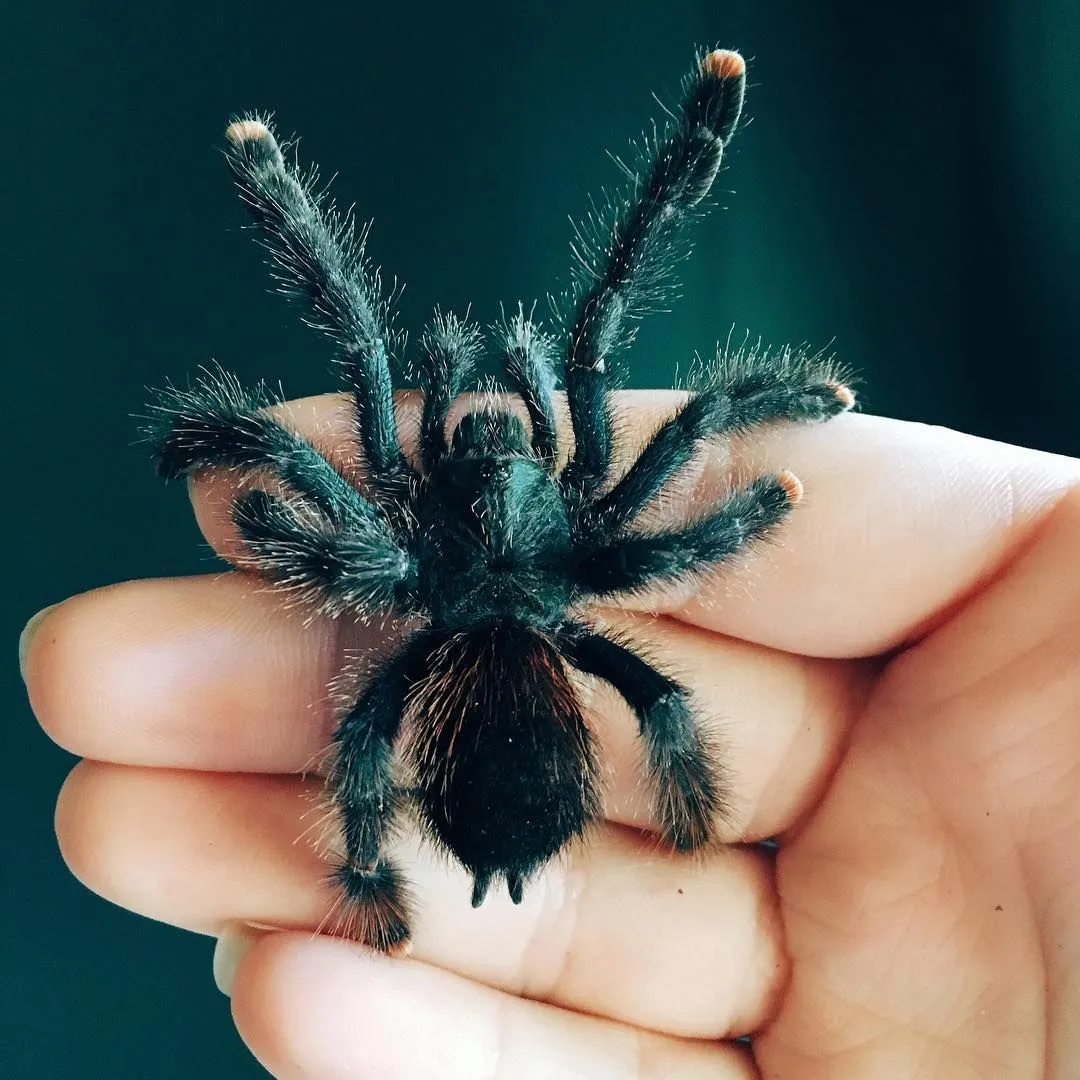
To maximize the lifespan of your Pink Toe Tarantula, provide the best possible living conditions. Maintain a clean, well-ventilated enclosure with appropriate substrate and climbing structures. Feed a varied and nutritious diet, and ensure that fresh water is always available. Monitor temperature and humidity levels, and make adjustments as needed. Provide a secure environment where your tarantula feels safe and free from stress. By following these guidelines, you can enjoy your Pink Toe Tarantula for many years to come.
Caring for an Arboreal Pink Toe Tarantula can be a rewarding experience. By understanding these top 5 facts, you are well-equipped to provide your tarantula with the best possible care, ensuring a healthy and happy life. Remember to always research and learn more about these amazing creatures to provide the best environment.
